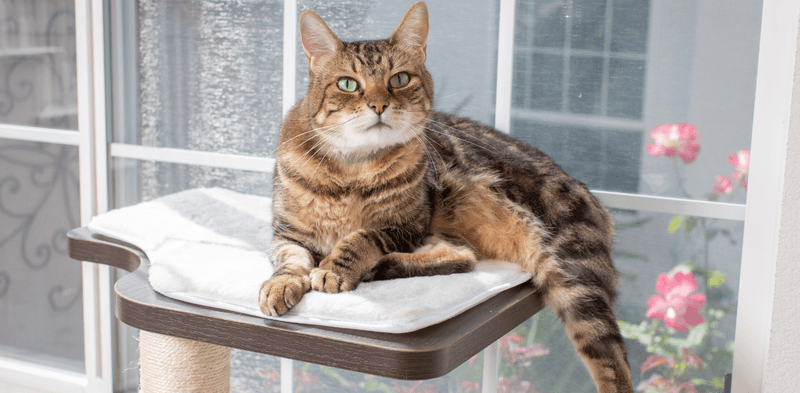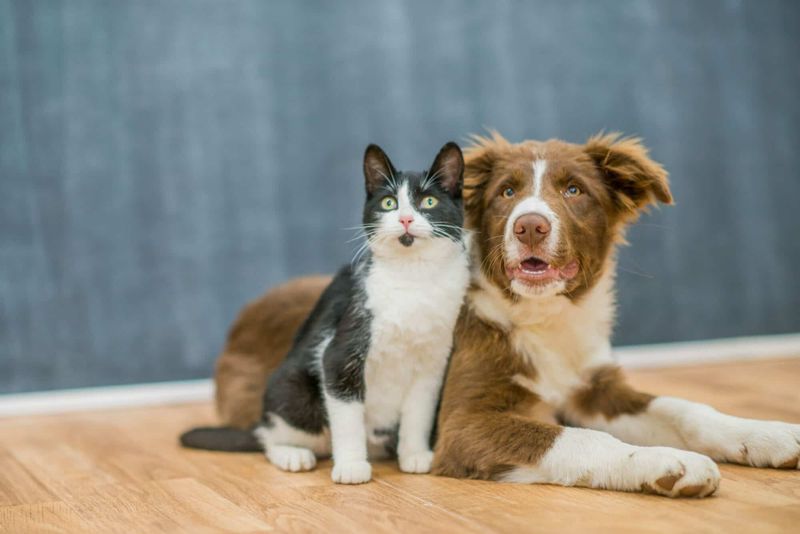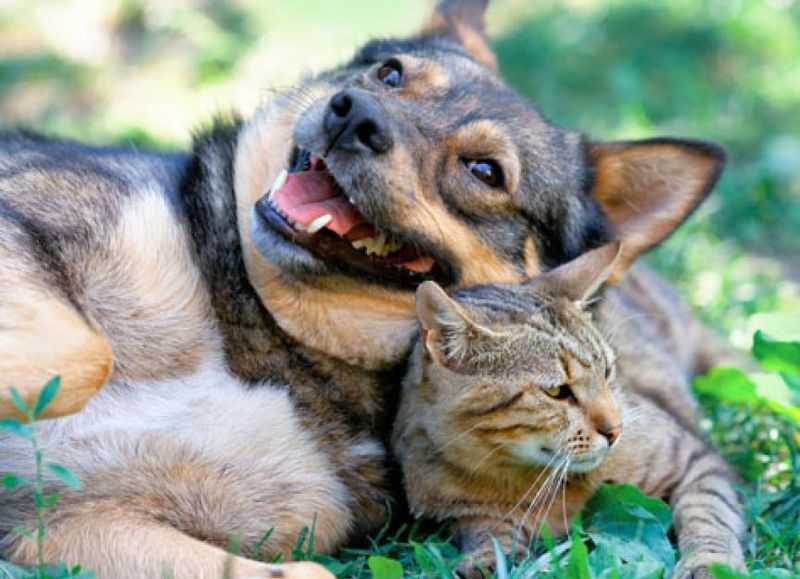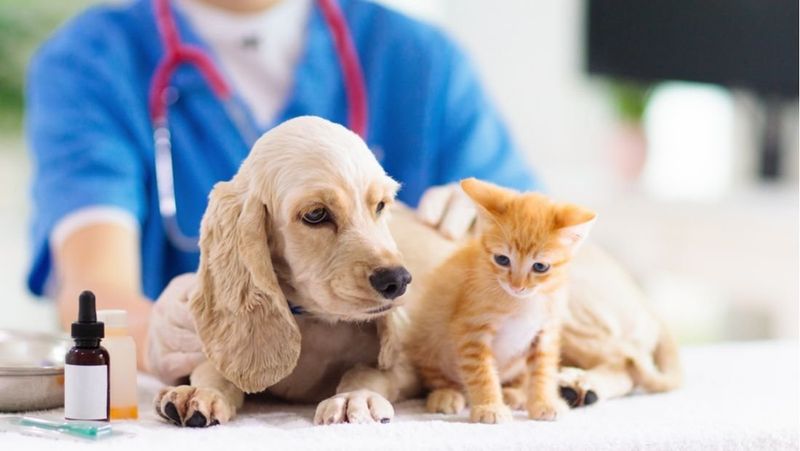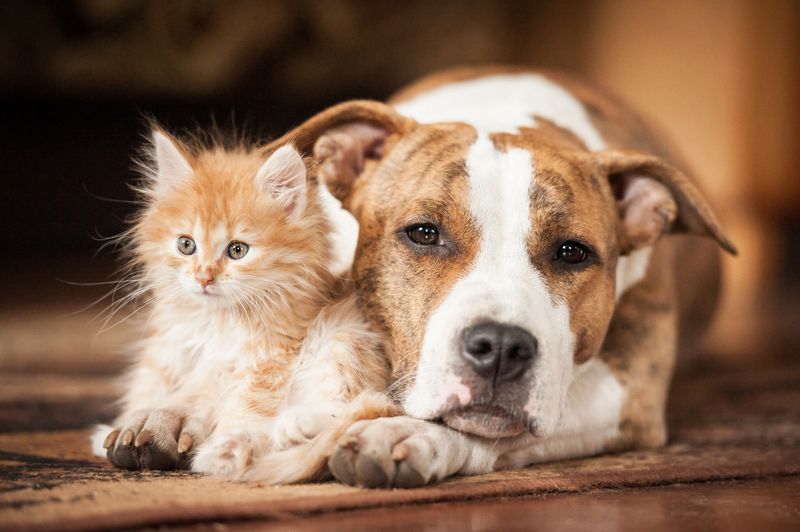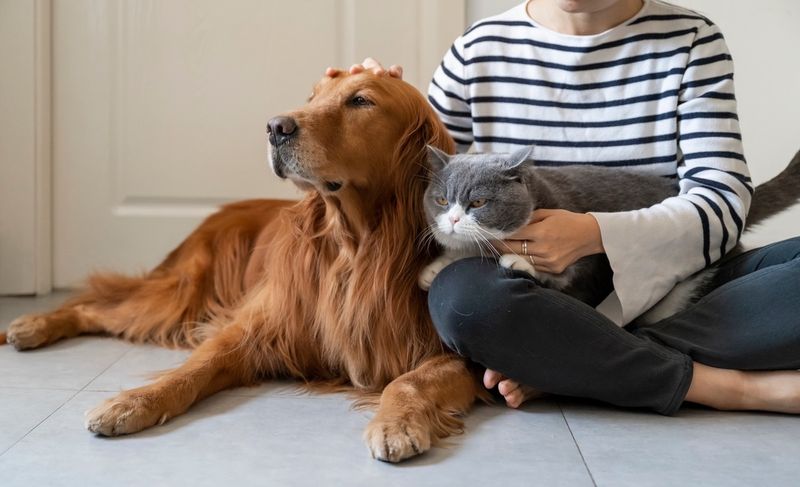📖 Table of Content:
Managing the relationship between cats and dogs can be tricky for any pet owner. While some pets coexist peacefully, others may engage in frequent confrontations. These tensions can create a stressful home environment, but the good news is that solutions exist to restore balance.
Understanding the root causes of aggression between cats and dogs is key to resolving the issue. Often, territorial behavior, fear, or a lack of proper socialization contribute to these conflicts. With patience and the right approach, it’s possible to turn a chaotic household into one where both pets can coexist peacefully.
The following 9 strategies offer practical ways to reduce aggression and foster harmony between your feline and canine companions. By implementing these techniques, pet owners can encourage positive interactions and create a calmer, more enjoyable atmosphere at home. These methods can help prevent future altercations and pave the way for a more peaceful coexistence.
1. Separate Personal Spaces
Every pet deserves its own sanctuary. Consider setting up distinct personal spaces for each pet. Cats often love high perches or secluded nooks, while dogs might prefer a cozy bed by a warm spot. Ensure these spaces are away from each other to reduce territorial disputes.
By respecting their individual needs, you create a haven of peace. This simple adjustment can significantly diminish conflicts and foster a sense of security. Remember, a content pet is less likely to initiate quarrels. A balanced environment can turn tension into tranquility.
2. Training and Socialization
Training is essential for both cats and dogs. By teaching commands and socializing pets early, they learn to coexist peacefully. Start with basic commands and gradually introduce them to each other’s presence. Reward positive interactions with treats and praises.
This encourages them to associate each other with good experiences. Socialization strengthens bonds and reduces fear-based reactions. A well-trained pet is more relaxed and less likely to cause disturbances. With patience and consistency, your home can become a serene sanctuary.
3. Interactive Playtime
Engage your pets with interactive playtime. Use toys like feather wands for cats and fetch balls for dogs. Playtime helps expend excess energy that might otherwise be directed towards each other. Design activities that allow them to play together yet independently. Balance is key—ensure neither pet feels neglected.
Through play, they learn to share, reducing the likelihood of aggressive behavior. The bond formed during these sessions can transform rivalry into friendship. Remember, a tired pet is a happy pet, more inclined to rest peacefully together.
4. Calming Aids and Tools
Sometimes, a calming environment is all it takes to ease tensions. Consider using calming aids like diffusers with pet-friendly scents or playing soothing music. These tools can help lower stress levels for both cats and dogs. A tranquil setting encourages peaceful behavior.
When pets feel calm, they’re less likely to engage in conflicts. Explore different calming aids to find what works best for your pets. A serene atmosphere benefits everyone, fostering a sense of security and harmony in your home.
5. Feeding Routine Harmony
Establishing a good feeding routine is crucial. Feed your pets at the same time but in separate areas to prevent food-related aggression. Some pets may feel possessive over food, leading to confrontations. By keeping bowls apart, you minimize tension and promote peace.
Ensure each pet has its own dedicated feeding spot. This routine fosters respect and diminishes the urge to compete. A consistent feeding schedule also aids digestion and overall well-being. Balance and routine are vital for a harmonious household.
6. Health Check-Ups
Regular vet check-ups are important for spotting underlying issues that might affect behavior. Sometimes, aggression stems from health problems, causing discomfort and irritability. A veterinarian can identify and treat these conditions, easing tensions. Ensure both pets are up-to-date with vaccinations and check-ups.
Healthy pets are happier and more relaxed, reducing the chance of conflicts. Addressing health needs promptly fosters a peaceful environment. Remember, a healthy pet is a happy pet, ready to coexist harmoniously.
7. Understanding Body Language
Being able to read your pets’ body language helps prevent potential issues. Since cats and dogs have distinct ways of communicating, confusion can arise if their signals are misinterpreted. Knowing how to spot stress or aggression allows for timely intervention, fostering a calmer, more harmonious environment.
Knowledge empowers you to act effectively, reducing the risk of altercations. Body language is a valuable tool in maintaining peace.
8. Supervised Introductions
Introducing a new pet requires careful supervision. New dynamics can cause stress or jealousy. Start with short, supervised meetings in neutral spaces. Gradually increase exposure as they grow comfortable with each other. This method reduces anxiety and builds positive associations.
Supervised introductions prevent incidents and establish trust. Consistency and patience are key to success. With time, your pets may become the best of friends, sharing spaces without conflict.
9. Professional Behaviorist Assistance
Sometimes, professional help is needed to resolve persistent issues. Pet behaviorists specialize in understanding and modifying animal behavior. They can provide tailored strategies to address your pets’ specific needs. A behaviorist’s expertise often reveals underlying causes of conflict, offering long-term solutions.
If tensions persist despite your efforts, consulting a professional can make a significant difference. Investing in expert guidance fosters a harmonious living environment, allowing your pets to coexist peacefully. Professional intervention is a step toward lasting peace.

